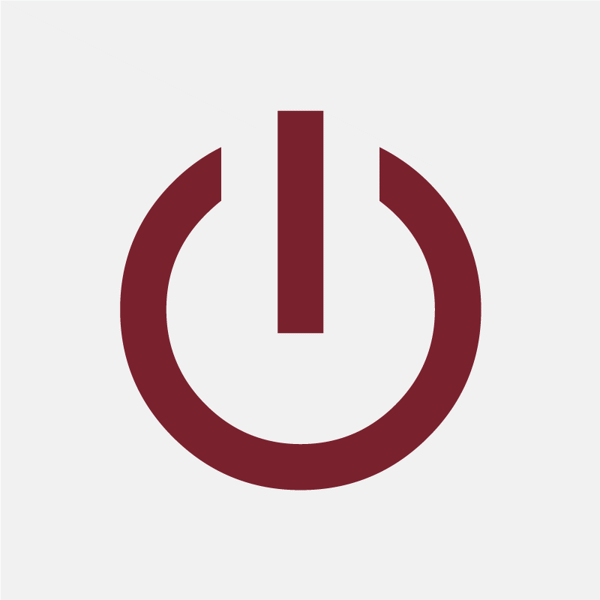
In this seminar we will shed light on some of the following questions: How are European governments communicating risk, in the wake of terrorist attacks in different major cities? What do authorities show they know, and what do they explicitly state they don't know? Where are we now, and how do we deal with the necessarily unknown, and what specifically do we seek to make known? How do different actors involved in risk communication relate to the new political climate where accusations of falseness, even "alternative facts" or "fake news", have become a new tool to play on among competing sources of information? How do social media, twitter and other platforms, blur the boundaries of what is known and what is unknown - what is real and what is fake?
Chair: Elida K.U. Jacobsen, Senior Researcher, PRIO
- Journalism and matters of fact in the post-truth era, Kristin Skare Orgeret, Professor in Media and Communication, HiOA
- Watchful Citizen, Digital Vigilantism and the «New Right» in Canada, Samuel Tanner, Associate Professor, Montreal University
- The ethics of public risk communication in Norway: truth, value and the production of legitimate authority,Kristoffer Lidén, Senior Researcher, PRIO
Discussant: Maria Gabrielsen Jumbert, Research Director and Senior Researcher, PRIO
- Light lunch will be served from 11:30 (seminar starts at 12:00).
Public communication about risk and in crises has always been a sensitive task. Two features of the current information and media landscape are now converging, making this even more challenging: first, the speed at which information is circulated, through instant news media and social media, as well as smart phones -the devices through which we receive, follow, share and even contribute to reporting and creating the news. Secondly, the risk and uncertainty produced by the circulation of potentially false information.
Misinformation distorts public communication, and is particularly powerful because our digital ecosystem has evolved into an almost perfect environment for fake news. Although incorrect or completely untrue stories are revealed as such, harm may have been done when such news is circulated worldwide and finds its way into digital 'echo-chambers'.
How does this affect various forms of communication about risk and threats in our societies: how are they formulated, communicated and spread – and by whom?
For many years following the 9/11 attacks, the focus was on making the unknown known, about gathering information, through surveillance and big data, as the best mechanism for preventing the next attack. This logic has prevailed in most forms of crisis prevention measures as well. Then the focus on resilience in recent years has showed that we may not be able to "know all", and thus emphasized the need for building societies capable of tackling the unknown, the possible threat, and bounce back.
In the seminar we take a closer look first at how this information landscape is changing, notably from a journalistic point of view, then how it allows for new types of social protest to organize, through the case of the "New Right" in Canada, and finally how Norwegian public authorities relate to this new landscape in their risk communication.
This seminar is part of the DIGICOM project funded by the Norwegian Research Council's SAMRISK programme. For more information about this event or the DIGICOM project, please contact: covi@prio.org





